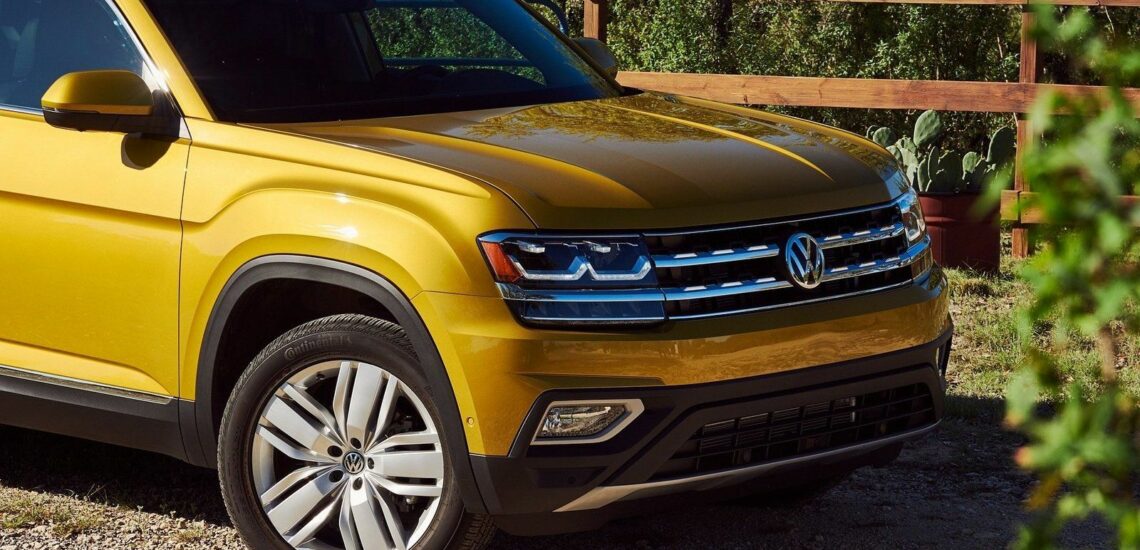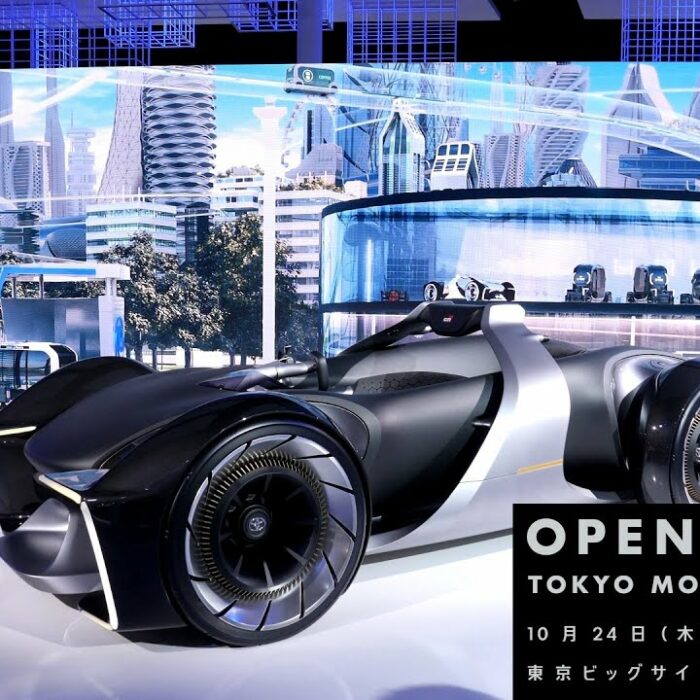У науково-дослідному центрі Volkswagen у Вольфсбурзі панує секретність: камери на телефонах і ноутбуках заклеєні, навіть найменше відхилення від зазначеного маршруту не вітається. Ось-ось нам покажуть останні розробки у сфері світлотехніки – перспективні фари, лампи тощо. Першим бере слово один із головних конструкторів. Другий – теж дизайнер, але рангом нижче. Кажуть, як важливо для них грати з пластиками освітлювальних приладів, їх начинкою, мати свободу форм. Лише цим випуском займаються аж 15 художників компанії. Але чи є інженери третьою стороною?
Історично, здається, ні. Загалом, проривом у галузі головного освітлення стало впровадження в 1971 році галогенної лампи з подвійною ниткою розжарювання H4. Її номінальна потужність ближнього світла в 1000 люмен була недосяжною, і H4 використовується в багатьох недорогих автомобілях донині, в т.ч. початкові версії Volkswagen Polo sedan. Саме кількість світла від джерела головним чином визначає, наскільки добре фара освітлює дорогу. А площа рефлектора, його форма і якість поверхні, а також оптичні властивості розсіювача – це нюанси.
До початку 90-х світ (за винятком США зі своїми стандартами) задовольнявся лампою H4 і деякими іншими галогенними. До того часу дизайнери навчилися краще використовувати світловий потік за допомогою форми рефлектора або установки проекторних модулів. Потім з’явилися нові лампи, в тому числі найпопулярніша одножильна Н7 (1500 люмен) ― встановлюється в фари ближнього і дальнього світла стандартних Поло калузького виробництва. Зате в Kia Rio/Hyundai Solaris використовуються лампи HB3 (аж 1860 люмен), а рекордсменом серед галогенних ламп є дальнє світло H9, яке генерує 2100 люмен.
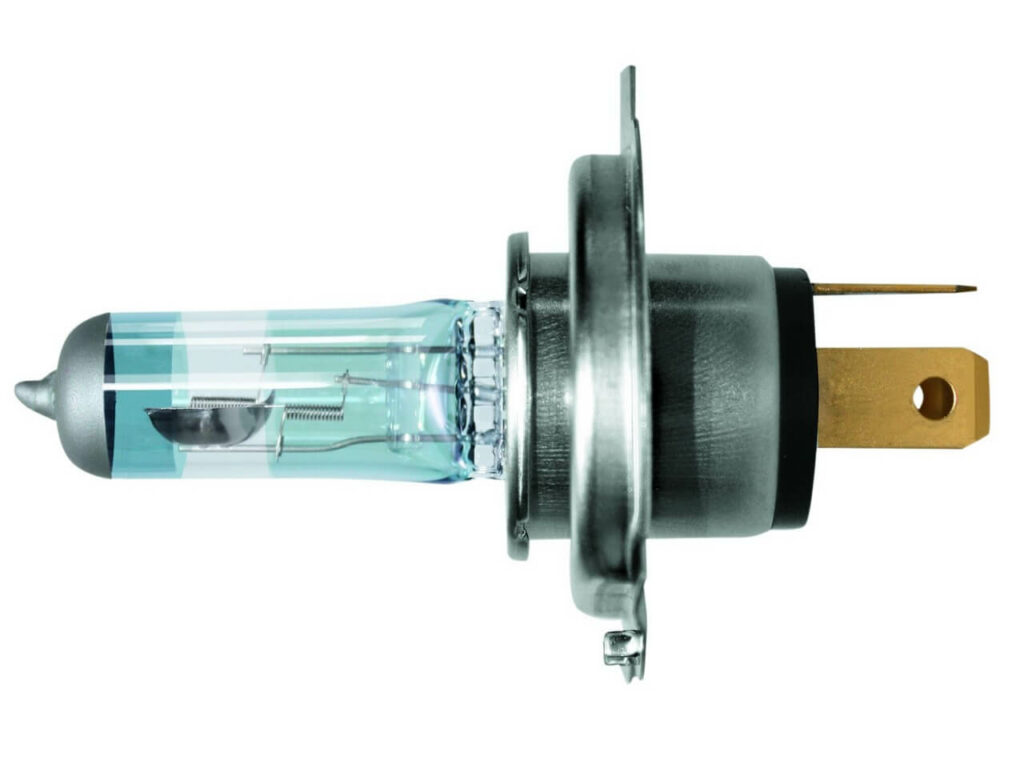
У 1991 році, знову ж таки завдяки інженерам, з’явилася революційна технологія ксенонових ламп з номінальною потужністю 3200 люмен, що більш ніж в три рази більше, ніж у H4. Джерелом світла була електрична дуга, а не нагріта нитка. Нічим не відрізняючись зовні, ксенонові фари поставили чимало технічних проблем: підвищилися вимоги до точності оптики, наявність блоків запалювання ускладнило компонування вузлів. Трохи пізніше для ксенону стали обов’язковими автоматичний коректор і система очищення фар. Все це дуже дорого, але ефективно, особливо в поєднанні з системами повороту пучка (з 2000-х років).
Близько 15-20 років тому дизайнери вийшли з тіні. Спочатку експериментували з «начинкою» фари. Пам’ятаєте, чим відрізнялися фари 3-го і 4-го Гольфів подібною формою? Наскільки свіжо виглядав прозорий безребровий пластик і елегантні «круглячки» всередині? Потім фари подовжували, сплющували, звужували заради хижого погляду… А які горизонти відкриває «лайтдизайн», коли змінюється сама форма світяться елементів! Зараз лампі в фарі просто немає місця для виконання всіх побажань естетів. Тому курс взято на світлодіоди, і не тільки на Volkswagen.
Цікаво, що технологія ксенону вмирає, але ще не вмерла. Винайдено новий стандарт ламп потужністю 25 Вт замість класичного 35-ватного ксенону. Це дозволяє нам підганяти світловий потік до нормативних 2000 люменів, що не вимагає дорогого самокоригувального пристрою та шайби. На жаль, світло таких фар часом досить розчаровує. Перевагою порівняно хороших галогенних ламп є те, що їх холодне світло приємніше оку. Подейкують, що халепу з 25-ватним ксеноном зробили виробники ламп, щоб завантажити непрацюючі ємності.
Але інженерам також подобається глобальний перехід на світлодіодну технологію, адже це зменшує енергоспоживання та збільшує термін служби. Ціна вже не лякає. Звичайна фара з невеликою кількістю діодів (як на топовому Polo) коштує лише трохи дорожче середньої галогенної. Але 25-ватна ксенонова лампа без коректора коштує майже вдвічі дорожче. Поки що високі ціни на матричні фари: вони мають десятки діодів, які дозволяють гнучко змінювати світлорозподіл шляхом почергового підключення. Можна, наприклад, затінити зустрічну машину при включеному дальньому світлі. Але й вони ось-ось подешевшають.
Матричний модуль фари IQ.Light останнього Touareg розміром з половину сигаретного блоку містить плату, радіатор з вентилятором, 48 діодів ближнього і 27 дальнього світла. Цей ансамбль круто працює в поєднанні з додатковими бічними елементами, ніби простягаючи щупальця світла на всі неосвітлені ділянки дороги, залишаючи зустрічні автомобілі в тіні. Режими розподілу світла залежать від багатьох факторів: погоди, швидкості, траєкторії… Дальність на 100 метрів краща, ніж у 35-ватного ксенону.
Таку ж ефективність вже забезпечує компактний мікропіксельний світлодіод розміром 4х4 мм. Тримаючи її в руках, ви можете оцінити роботу оснащеної нею фари, не помічаючи істотної різниці в інтенсивності світла. Точність управління світлом вражає: прогрес щодо фар Touareg такий же, як і між фарами Passat з механічною шторкою, які застаріли всього за чотири роки. І дизайнери, і інженери задоволені: маючи в фарі три «піксельних» діода, що дають 1024 окремих міні-променів, можна використовувати матрицю з 3072 осередків замість нинішніх 75-80.
Можливо, розвиток світла піде в іншому напрямку. Джерела світла не будуть розмножуватися, а розподілом світла займатимуться проміжні матричні фільтри з роздільною здатністю до 30 000 пікселів. Цього достатньо, щоб не тільки вміло змінити світло, а й спроектувати на дорогу написи, символи, підказки… Наприклад, показати в повороті коридор, в якому буде їхати автомобіль при поточному повороті керма, або дублювати поворотники на асфальт. Але є думка, що це утопія. Дороги і без того повні візуального сміття, провести таку ідею через сертифікаційний лабіринт нереально, а невелика кількість бруду призведе до того, що вся красива «картинка» розмиється.
Прості світлодіоди також вдосконалюються. У спеціальному чорному ангарі, обладнаному для тестування систем освітлення, нам показали прототип з потужними діодами, які споживають 3-4 А проти близько 1 А нинішніх. Насправді стає більше світла, а це означає, що ним можна керувати більш гнучко. Якщо звузити дальній промінь таких фар, то він пробиє 550 метрів темряви, що можливо тільки для лазерних фар, де світло «вибивається» з люмінофорної пластини лазерними променями.
Ця технологія на ринку вже близько п’яти років ― крім BMW нею користується саме колега Volkswagen по концерну Audi. Однак його поява на «народних автомобілях» малоймовірна. Коштують такі фари шалено дорого через специфічні матеріали і технології (у випадку з седаном Audi A8 – на 215 тисяч рублів дорожче і без того дорогих матричних), а перспективи зниження вартості відсутні. Крім того, лазерно-люмінесцентне джерело дає дуже потужний, але вузький промінь, використання якого обмежується дальнім світлом.
Який світловий візерунок зазвичай віддає перевагу споживач? Саме дальнє світло зазвичай викликає найсуперечливіші оцінки. У Скандинавії віддають перевагу далекому пучку, а в решті Європи – широкому, що створює ілюзію великої потужності. Volkswagen сподівається зрештою запропонувати водієві вибір різних променів. Значно регулюється ближнє світло, хоча хтось віддає перевагу чітку межу світла і тіні (характерно для проекторних фар), а хтось віддає перевагу плавну. Об’єктивно вони однаково ефективні, і це суто справа смаку. Німці намагаються зробити перехід «злегка згладженим», щоб догодити всім.
Що стосується окремих протитуманок, то вони є зникаючим видом. Вгадаєте, кому вони заважали боротися за чистоту ліній тіла? Повністю компенсувати втрату протитуманних фар можна тільки за допомогою дорогого адаптивного світла головних фар, здатного розширити світловий пучок в негоду і на поворотах. У випадку з недорогими автомобілями ми просто позбавлені додаткового джерела світла. І особливо повинні образитися росіяни: на відміну від Європи, в цій країні використання протитуманних фар дозволено в будь-який час доби, а на вибоїстих дорогах додаткове світло дуже до речі.
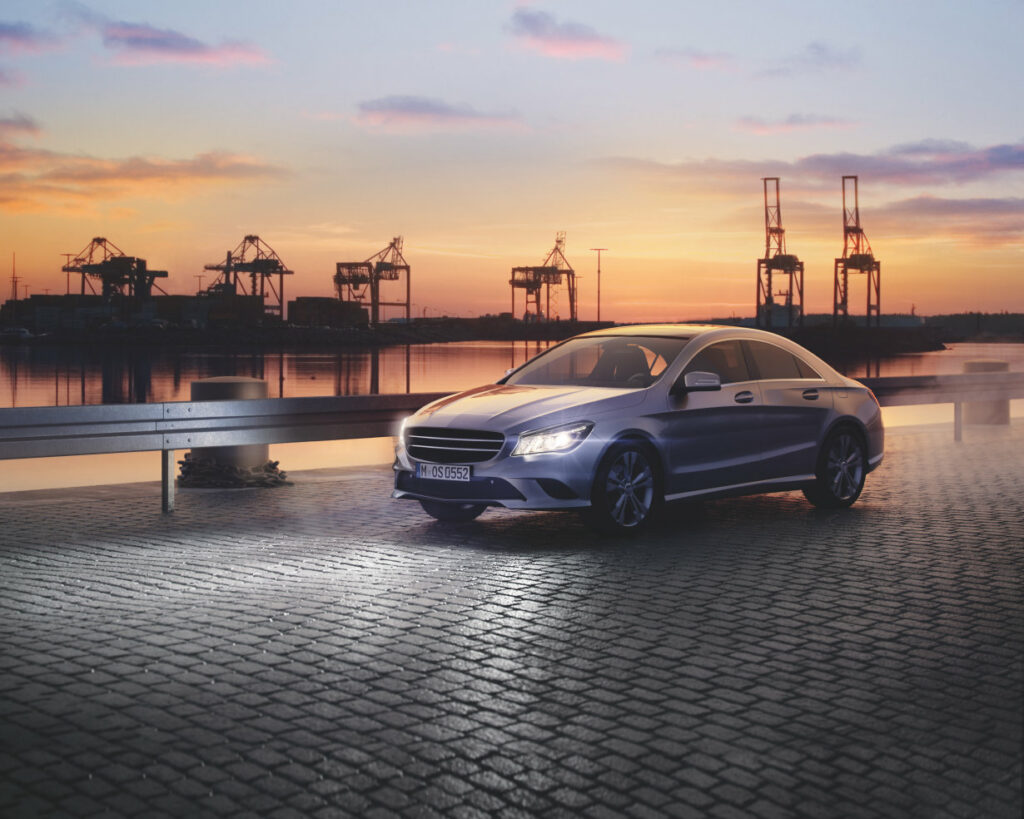
У сфері очищення фар прогресу не очікується. Нинішніми розпилювальними системами у Volkswagen задоволені, оскільки вони відповідають вимогам сертифікації, згідно з якими фари забруднюються просмоленим складом. Всім зрозуміло, що омивачі неефективні в хімічному брудному тумані російських реагентів, але спеціально для нас ніхто не розроблятиме нову технологію. Ще один важливий момент – температура скла фари. Світлодіоди холодні і не тануть сніг так, як ксенонові та особливо галогенні лампи. Тому, якщо в автомобілі використовуються потужні світлодіодні елементи, для яких потрібен вентилятор охолодження, потік, що йде від нього, намагаються направити уздовж скла.
Ще один підводний камінь – надійність і довговічність світлодіодів. Теоретично це їхня сильна сторона. Але всі діодні фари і лампи «запаяні» і не передбачають заміни світяться елементів. Тільки нещодавно з’явилися перші повідомлення про те, що Toyota впроваджує змінні світлодіодні модулі в фарах нової Corolla. Розрахунковий термін служби діодів хоч і більше, ніж у ламп, але також кінцевий. Volkswagen очікує 8000 годин роботи, що становить близько 11 років, якщо ви використовуєте фари дві години на день. Або менше року, якщо тримати їх цілодобово, наприклад, в таксі. Тоді згасання неминуче.
І все одно дороги назад немає. Через п’ять років на автомобілях Volkswagen залишаться одні діоди. Дизайнери в захваті, інженери будуть шукати нові сфери застосування технологій. Наприклад, для спілкування між безпілотними автомобілями. Прямо зараз ми хотіли б знати, що на думці іншого водія, і вогні можуть допомогти. Готова проекція активних паркувальних смуг на асфальт. Незабаром сусідам по потоку можна буде відправляти текстові, візуальні повідомлення на екранах або в світлодіодному полі задніх ліхтарів…
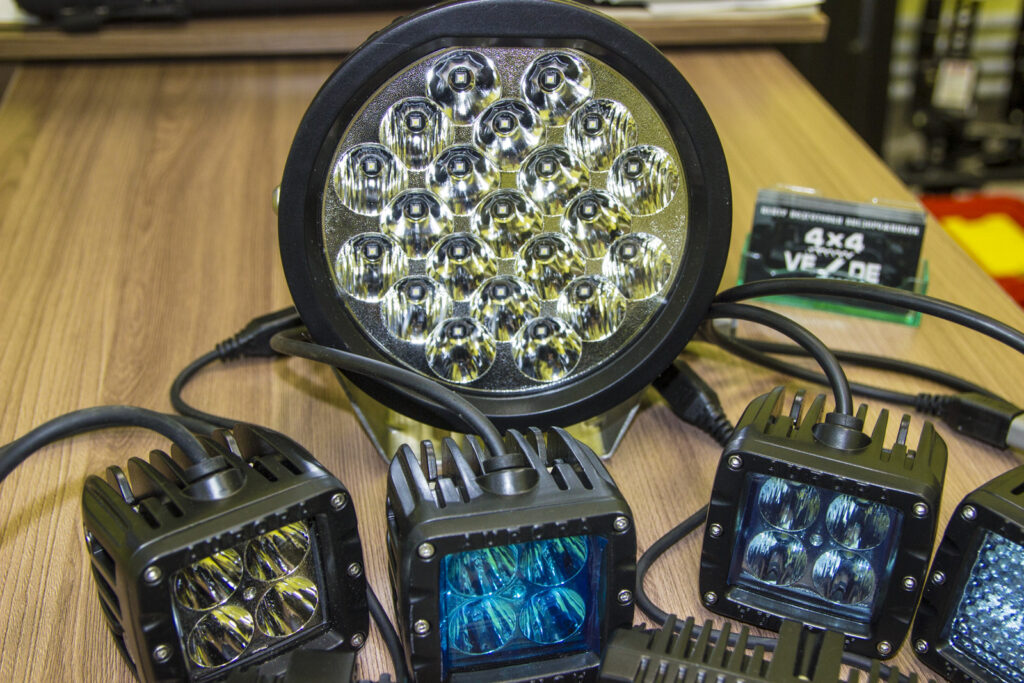
Головний споживчий висновок з усього вищесказаного – не купуйтеся на догми. Помилково вважати, що галогенні лампи – це самі несправні фари за визначенням, а світлодіоди краще ксенону. У кожному з типів є лідери та аутсайдери. Базові світлодіодні модулі легко можуть світити гірше топових галогенних ламп. Пам’ятайте, що якщо фара не має омивача, то світловий потік ближнього світла гарантовано буде менше 2000 люмен. Слова «світлодіодна фара» можуть означати як високотехнологічний продукт, так і недорогу підробку. Одне можна сказати напевно: фари стають все красивішими.
Це переклад. Оригінал можна прочитати тут: https://www.drive.ru/technic/volkswagen/5be9abb9ec05c4fe3d0000db.html

Опубліковано Вересень 09, 2021 • 8хв на читання

